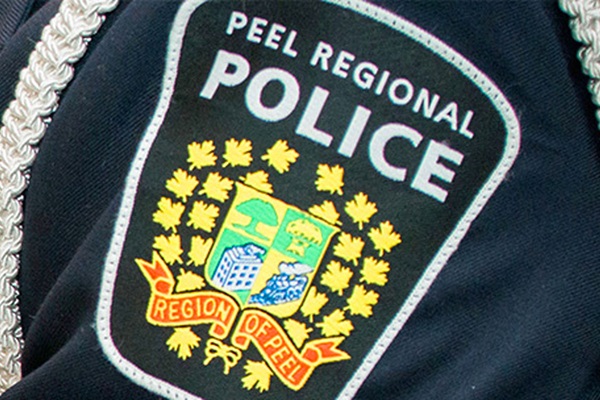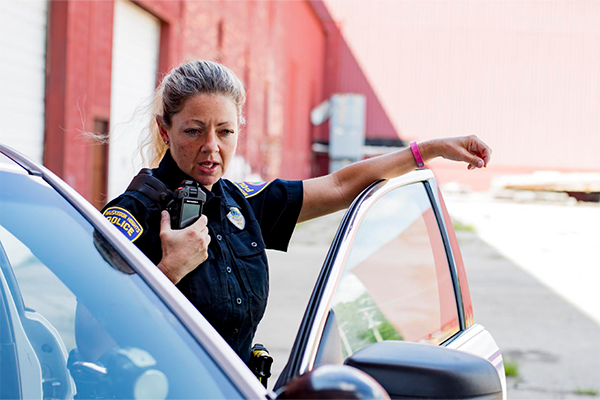Public safety agencies of all sizes are creating Real Time Crime Centers across the United States.
What is a real time crime center?
A real time crime center provides law enforcement agencies with the ability to capitalize on a wide and expanding range of technologies for efficient and effective policing, according to the U.S. Department of Justice. Such efforts may allow law enforcement officers to respond quickly, or even immediately, to crimes in progress or to those that recently occurred. “The Mission of a Real Time Crime Center.” Bureau of Justice Assistance (BJA), U.S. Department of Justice.
RTCCs of All Sizes in the U.S.
From the City of New Orlean’s Real Time Crime Center to Detroit PD’s Green Light Project, read on to learn how law enforcement agencies around the country are building RTCCs to develop better ways to fight crime while improving officer safety and winning the trust of their communities.
Looking to get started with your Real Time Crime Center? Download the Real Time Crime Center Guide or contact us for a sample RTCC policy and other industry resources.
Detroit Police Department Real Time Crime Center
- Population Served: 632,000
- Sworn Officers: 2,437
- Civilian Positions: 669
- RTCC Started: 2016
The City of Detroit’s Green Light Project is known as one of the most effective real time crime operations in the country. Piloted in 2016 with just eight gas stations with high-definition cameras feeding back to four CommandCentral Aware workstations, the pilot program reduced violent crime at these locations by 40 percent.
The program has since grown to include over 800 local businesses in the City of Detroit including over 100 full time crime analysts, 50 virtual patrol officers and thousands of cameras feeding back to the RTCC. In addition to its centralized RTCC operation, the City of Detroit now operates two smaller, decentralized precinct-level crime centers in the busiest precincts in the city.
“Having the technology is like having a third person in each patrol car.” – Chief James White
Glendale Police Department Real Time Crime Center
- Population Served: 250,000
- Sworn Officers: 435
- RTCC Started: 2019
Glendale Police Department is on the cutting-edge of technology with its Real Time Crime Center that incorporates a plethora of crime-fighting technologies including license plate recognition (LPR) technology, computer-aided dispatch, critical communications and real-time video streaming.
Glendale leaders were inspired by City of Detroit’s program, which combined the advanced technology of an RTCC with the support and partnership of local businesses. The Glendale Police Department approached Glendale Transportation Department officials about a cross-agency partnership that would utilize existing traffic cameras to help build the RTCC’s video foundation. Further increasing the RTCC’s reach and strength, the Glendale Police Department embarked on a unique public/private partnership with Tempe, Arizona-based Circle K, the first participant in Glendale’s City Watch program, where local businesses can feed store cameras directly into the RTCC. Glendale Police Department was also the first agency in the state to launch an Unmanned Aircraft System (UAS) Drone Program.
“We are using cameras that have always been in the public eye to solve crime immediately and efficiently and as safely as possible.” – Officer Tiffany Ngalula
Montgomery County Sheriff’s Office Real Time Crime Center
- Population Served: 500,000
- Sworn Officers: 530
- Geographic Area Covered: 1,000+ Square Miles
Montgomery County Sheriff’s Office implemented its Real Time Crime Center in order to address the increasingly complex crimes in its fast-growing community. Before implementing its RTCC, Montgomery County relied on siloed data sources for intelligence. Montgomery County combined its Computer-Aided Dispatch, license plate recognition, critical communications, community camera feeds, records and evidence into one common operating picture in order for its RTCC analysts to provide real-time intelligence for its deputies and detectives. Montgomery County’s RTCC transformed how deputies respond to calls and follow-up on leads; the RTCC acts as another set of eyes and ears for deputies, often delivering information faster to the field than dispatch.
“Our RTCC is a modern-day crime fighting success. It’s the technology that’s going to make us the successful department that we want to be in combating the crime rate and keeping it low forever.” – Sheriff Rand Henderson
The City of New Orleans Real Time Crime Center
- Population Served: 343,000
- Sworn Officers: 959
- Geographic Area Covered: 169 Square Miles
The City of New Orleans is a top visitor destination that hosts many large annual events, including Mardi Gras; however, its law enforcement had no way to gather and deliver intelligence in real time – a critical need to protect the public, especially during large-scale events. The city was only able to analyze static, past crime patterns and anecdotal information in order to improve crime prevention and protect its community and visitors.
New Orleans created a Real Time Crime Center in order to create a platform that would enable greater agency collaboration, as well as centralized intelligence data gathering, coordination, and command — to better protect and serve the public while delivering strong returns on the city’s investments. The New Orleans RTCC assisted in more than 50 cases in just the first Mardi Gras event that it supported.
“Over the first weekend of the RTCC being open, we were able to provide video evidence for [police] in a number of fairly significant incidents, everything from armed robberies to assaults.” – Aaron Miller, Director of the city’s Homeland Security and Emergency Preparedness Office
Looking to get started with your Real Time Crime Center? Download the Real Time Crime Center Guide or contact us for a sample RTCC policy and other industry resources.




